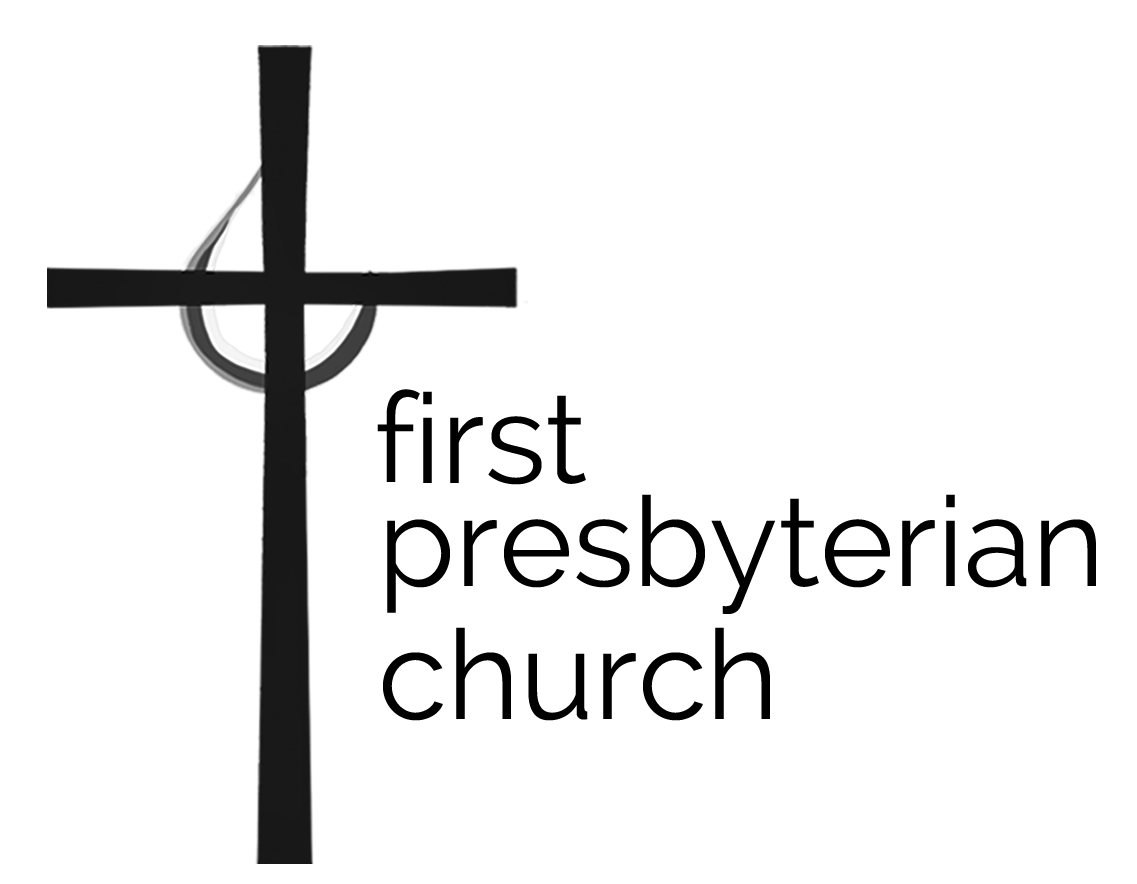
The Cutting Room Floor : Edition 2
The Cutting Room Floor is a space for Pastor Linda to share sermon ideas and information that didn’t make the cut. While this content was unused in her Sunday sermon, she believes it is still valuable and worth sharing. We hope you enjoy The Cutting Room Floor!

Shared by: Rev. Linda Knieriemen
Cross or Crucifix?
Empty Cross or Christ on the Cross?
This summer I spent several weeks observing, then tracing, applying paint, layers of highlights, lettering and details to…. a crucifix. I was writing the Russian Orthodox “King of Glory” icon. I debated about this project because, frankly, I’m not used to staring at the loin-clothed nearly naked body of Christ on the cross. It was also a far more challenging icon than I had written previously so I was resistant. As it turned out, I was unable to attend the workshop and completed the icon on my own, with regular photo-continuing texts and e-mails from an iconographer friend at the workshop. Thank you technology!
It’s a large icon, and I’m not sure where I will ultimately place it. After all, we Protestants, don’t have crucifixes, we have crosses. Right?
Why?
The crucifix does not appear in the Roman catacombs where the earliest Christian art is found. Symbols such as the dove, fish, chi-rho and anchor predominate. By the 2nd and 3rd century the cross in the shape of a T emerges in Christian art. It’s believed that the earliest crucifixes, showing the body of Christ on it arose in the Byzantine era, the first believed to have been in the 10th century.
Debates over symbols in the Christian world didn’t begin with the cross and crucifix they began in the 8th and 9th century and came to a head in 1054, when what we now call Eastern or Byzantine Orthodoxy split from Western or Roman Catholicism. The Roman popes and councils declared that the Eastern church practice of decorating churches and homes with colorful gold embossed icons depicting Christ, Mary, the Apostles, Angels and other Biblical figures was idolatry. Wars were fought and thousands of icons and human lives were destroyed across Russia, Greece and the Near East. The crucifix however continued to be present in both the Eastern and Western branches of the Christian Church.
At the time of the Reformation, ugly debates arose again about symbols. The Reformers, Luther, Calvin, Zwingle among them criticized the Roman Church’s use of religious objects, especially relics believed to be remnants of Christ’s actual cross, or garments. They rejected the crucifix (each in varying degrees). They mistakenly believed that Roman Catholic worshippers were either worshipping the crucifix or trying to re-crucify Christ in the Roman Mass.
Let’s be clear; Roman Catholics weren’t and still don’t worship the crucifix or any other image as idolaters! In my opinion, the Reformers in hyper-reactionary manner “threw the baby out with the bathwater”.
Included in their arguments were that Christians believed in the resurrection, not just the crucifixion. Christ is not still on the cross so the image should be an empty cross or a ‘resurrection cross’. But this is a false argument. It’s not so simple as quoting “Christ Crucified” (I Corinthians 1:18) and therefore, wearing a crucifix OR “Christ is Risen!” (Luke….) and therefore wear an empty cross. Both Roman Catholics and Protestants believe in both the crucifixion and the resurrection, but theologians like to debate, and draw lines of distinction, and this was a convenient method of distinguishing one variety of Christians from another. A crucifix identified a Roman Catholic and a cross a Protestant. Simple. Isn’t it unfortunate that we divide ourselves in this way?
The crucifix as an object of contemplation (no, not worship!) invites reflection on Christ’s suffering and his ability to identify with our human pain. It also invites humility and reverence in remembering Christ’s death on the behalf of humanity. Contemplation with a “resurrection cross’ requires a much more vivid imagination!
So should Protestants wear crucifixes? Should I place my King of Glory icon in my office? There is no prohibition against us doing so! Someone recently brought a crucifix necklace to me from Jerusalem. It’s beautiful, and I wear it gratefully. In my mind and in my spirit I know that Jesus was removed from the cross, was buried, and then was seen alive: resurrected. Whether you or I wear a cross or a crucifix doesn’t change that.
Does one or the other or both symbols lead you into a deeper love of God in Christ or a deeper life of service in response? Let that be the measure of the image you choose. And be thankful!

